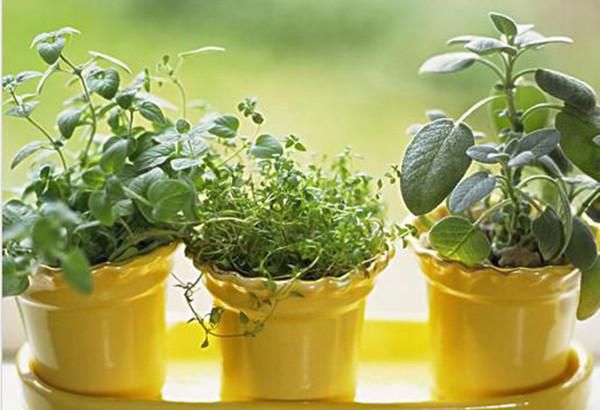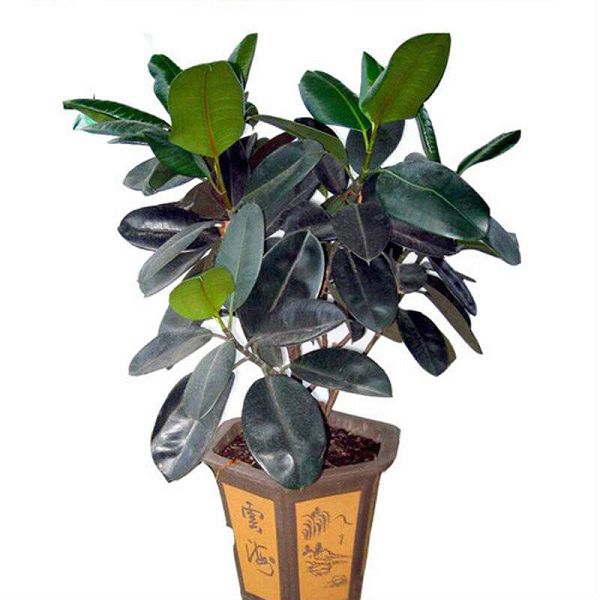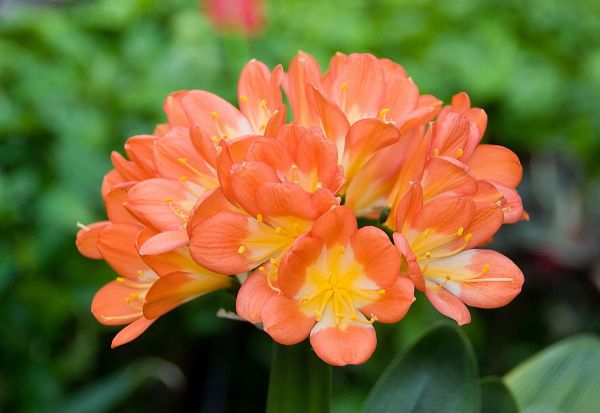Five key points and four taboos of growing flowers in winter, safe wintering is not a dream

Due to the low temperature and low humidity in winter, the heated room is extremely dry, and the unheated room is very cold, which is very disadvantageous to the growth of flowers and plants. Here are five points for attention and four taboos for growing flowers in winter.
Five key points for growing flowers in winter:
1. Pay attention to anti-freezing and heat preservation
Now the housing conditions of residents have improved, and the closed balcony is very favorable for flowerpots to survive the winter. if there is no closed balcony, potted flowers should be admitted in the evening, and some potted flowers that are especially afraid of cold, such as tropical orchids, pineapples, poinsettias, andrographis andraeanum, had better not be less than 10 ℃ at night.
2. Be careful not to water too much
The small amount of water evaporation in winter, coupled with the growth stagnation of flowers and plants under the condition of low temperature, especially the decrease of root activity and excessive moisture, the poor breathing of roots can easily lead to root disease and even rotting root death.
3. Be careful not to apply more nitrogen fertilizer
The absorption capacity of flowers in winter is not strong, applying too much nitrogen fertilizer will increase the electrical conductivity in the basin soil and damage the root system. At the same time, applying more nitrogen fertilizer will make the branches and leaves tender, cold resistance and disease resistance decline, which is not conducive to overwintering.
4. Pay attention to basking in the sun
The light intensity in winter is not high, but flowers need more light to facilitate photosynthesis and produce organic nutrients to improve the resistance of plants. For some flowers that bloom in winter, they are also conducive to luxuriant branches and leaves, larger and more beautiful flowers.
5. Pay attention to disease prevention and pest control
In winter, it is easy to cause fungal diseases, such as Botrytis cinerea, root rot, blight and so on, which are caused by low temperature, high temperature and the decline of plant resistance, so the key is to reduce humidity, make plant growth strong and improve resistance, supplemented by chemical control. Insect pests are mainly against shell insects and aphids.
Four taboos for growing flowers in winter:
1. Avoid excessive indoor temperature
Many flowers and plants go into dormancy and semi-dormancy in winter and need rest and full rest. Whether in the bedroom or balcony, the temperature should be controlled between 4-8 ℃ (flowers that need dormancy), preferably not more than 10 ℃. As soon as the temperature is high, the flowers will have physiological activities, and even sprouting, wasting the accumulated energy, which is extremely disadvantageous to the growth of the coming year. This kind of flower plants are: Milan, gardenia, jasmine, orange, plum blossom, fig, pomegranate, grape, Hawthorn, papaya, iron stem begonia, apricot, peach, apple, honeysuckle, spring, spring orchid, cymbidium and so on.
2. Avoid fat and water too much
Flowers and plants to the dormant period, all physiological activities basically stop, the need for fertilizer, water is very little, to be able to maintain life. All hibernating flowers do not need fertilization in winter. Fertilization will not only cause waste, but also damage the roots of flowers and plants.
3. Avoid air drying
The environment in the north is already very dry, and the growth of flowers and plants will be affected when the air relative humidity is too low. Flowers and plants that require air relative humidity of not less than 80% are: Camellia, rhododendron, andrographis, orchids, hanging orchids, asparagus, asparagus, Saxifraga, etc.; flowers and plants that require air relative humidity of up to 60% are: Magnolia, Fusang, hanging golden bell, cyclamen, jasmine, rubber tree, tortoise back bamboo, Milan, smile, Haitong, cactus and so on. When the humidity is insufficient, the method of spraying water can be used to solve it.
4. Avoid seeing the sun
Put the flowers and plants in a place with good light, or put them in the sun for a period of time every day. It is best to ensure that there should be at least 3 hours of light every day, so that flowers can thrive in the coming year. Even if the woody flowers with deciduous leaves and no leaves in winter should see the sun, it is absolutely not advisable to put them in a dark place for a long time.
- Prev

The expired beer watered the flowers to make the flowers grow vigorously, and the effect was great.
The expired beer watered the flowers to make the flowers grow vigorously, and the effect was great.
- Next

Learn to change pots for orchids to make them grow vigorously and blossom brightly.
Learn to change pots for orchids to make them grow vigorously and blossom brightly.
Related
- Fuxing push coffee new agricultural production and marketing class: lack of small-scale processing plants
- Jujube rice field leisure farm deep ploughing Yilan for five years to create a space for organic food and play
- Nongyu Farm-A trial of organic papaya for brave women with advanced technology
- Four points for attention in the prevention and control of diseases and insect pests of edible fungi
- How to add nutrient solution to Edible Fungi
- Is there any good way to control edible fungus mites?
- Open Inoculation Technology of Edible Fungi
- Is there any clever way to use fertilizer for edible fungus in winter?
- What agents are used to kill the pathogens of edible fungi in the mushroom shed?
- Rapid drying of Edible Fungi

